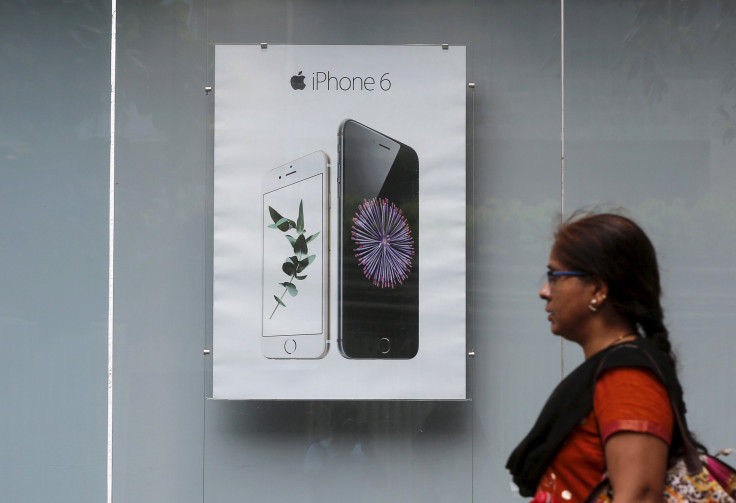The Cheapest iPhone 6S In India Will Cost Almost $1,000

LONDON -- Apple’s latest smartphones, the iPhone 6S and iPhone 6S Plus, will go on sale in India Friday and will cost almost $1,000 for the cheapest model, rising to over $1,400 for the most expensive version. Apple will begin selling its new smartphones in the subcontinent Friday, but it has announced pricing for the new devices to allow people to pre-register their interest in the phones.
The 16GB version of the iPhone 6S will cost 62,000 rupees ($957) which is more than $300 it costs to buy from Apple in the U.S. ($649). The most expensive model, the 128GB iPhone 6S Plus, will cost 92,000 rupees ($1,420), which is a $470 premium over the cost of the model in the U.S.
This level of pricing puts the iPhone out of the reach for all but the wealthiest Indians. “Anything above 60,000 rupees is way out of reach for even an average rich urban consumer,” Neil Shah, research director at Counterpoint Research, told CNET. “Apple has done well in its last financial year, selling close to 1.7 million units, but still only half of the iPhones sold have been iPhone 6 series, which speaks volumes for the price affordability of most of the iPhone fanbase.”
The reason for the increased price in India, despite the price of the new iPhones remaining static in the U.S., is a stronger dollar and weakening rupee. Since the iPhone 6S and iPhone 6S Plus launched in western markets on Sept. 25, wealthy Indians have been paying exorbitant prices to get their hands on the devices on the gray market according to the Economic Times.
According to data from CounterPoint Research, in the last year, Apple saw sales of iPhones rise by over 50 percent in India, selling close to 1.7 million units. However, the majority of these sales were for older models, and not the iPhone 6, which launched last October.
To put the sales of iPhones in 2015 in perspective, Apple was only selling in the thousands in India until about two-and-a-half years ago, when the company decided to change its strategy. By contracting with multiple national-level distributors, partnering with banks to back financing, offering deep discounts on older models and providing buyback schemes, Apple has seen Indians take to the iPhone like never before. With the launch of the iPhone 6, the company has also tied up with Vodafone to offer zero-down-payment plans to make the phones more affordable.
Apple is seeking to build on this success by working with networks, including Vodafone and Bharti Airtel, to offer plans for the new iPhones at launch, something that hasn’t happened previously. The phone will be on sale in 3,500 retail stores around the country as Apple seeks to build its relationship with local resellers in the subcontinent.
Despite India’s smartphone penetration being under 20 percent, it is still the world's third-biggest smartphone market thanks to its population of 1.2 billion people. It is seen by many as the next big area of growth in the smartphone market and is on course to replace the U.S. as the world's second-biggest smartphone market soon. Android-based smartphones dominate in the country while Microsoft’s Windows Phone is the second most popular operating system, leaving Apple’s iOS in third spot with less than 5 percent of the smartphone market.
© Copyright IBTimes 2025. All rights reserved.




















